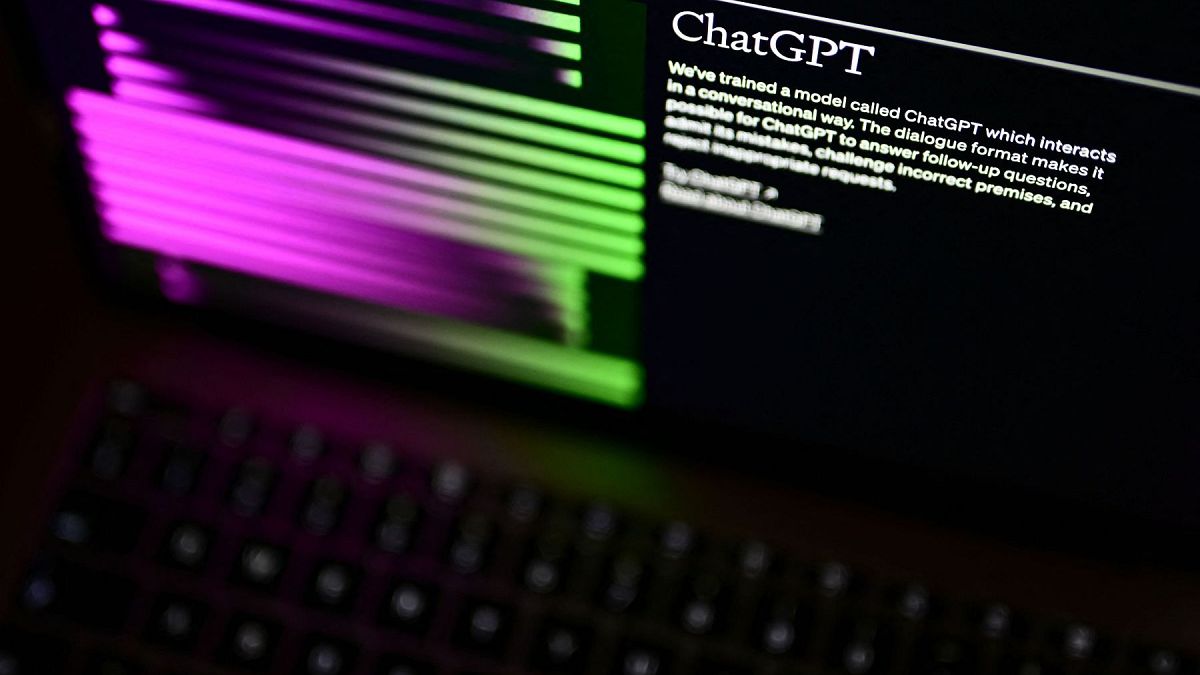As artificial intelligence continues to get smarter, these European companies are doing things a little differently.
If you haven’t heard of ChatGPT by now, we would have to assume you’ve been living somewhere with extremely patchy WiFi signal or have gone off grid to avoid being wrapped up in the fast-evolving world of artificial intelligence (AI) for the sake of your sanity.
The chatbot from OpenAI has been heralded as the highest functioning large language model (LLM) of its kind, incorporating multiple data sources, including the Internet, books, articles and journals.
It’s able to provide the user with answers to pretty much any query, as well as review and correct itself if required and - as tried and tested by multiple users across various social media platforms - engage in debates with its user.
So naturally, in recent months we’ve seen an uprising of hopefuls contending for the crown of best LLM out there, each hoping to usurp the reigning champion.
Here are some of the potential ChatGPT rivals that are the product of European creators.
Starcoder
Developed by Hugging Face and ServiceNow, Starcoder specialises in generating code for developers.
It’s been created more to rival chatbots like Bard AI and Amazon CodeWhisper, and according to a recent blog post on ServiceNow’s website, has been “trained with a trillion tokens of permissively licensed source code covering over 80 programming languages [...]”.
The blog explains that StarCoder can bring pair‑programming like generative AI to applications with capabilities including text‑to‑code and text‑to‑workflow.
‘[The platform] gives professional software engineers the power to tackle the most complex programming challenges and empowers citizen developers to build new software regardless of technical ability’, the blog adds.
Hugging Face is based between Paris and New York and headed up by French-born CEO Clément Delangue and CTO Julien Chaumond.
Neuroflash
Neuroflash advertises itself as “Europe’s no 1 AI text and image generator,” with nearly half a million users relying on its services.
Perhaps what’s most refreshing about this Germany-based company is its emphasis on AI being there to support the human - as opposed to the other way round (OpenAI, take note).
The business launched its first “AI writer” in March 2022, a few months before ChatGPT hit our devices.
Neuroflash’s mantra is clear: “at the centre of it all is the human”.
By combining big data, natural language processing, machine learning and neuropsychology, “neuroflash” claims it can help companies create content that supports their brand identity and positioning.
The technology has predominantly been designed to help professionals with their written language, making their work faster and easier.
Compared to the slightly terrifying concept of some chatbots out there right now, there’s something oddly reassuring about the balance this platform offers between human intelligence and the supporting effectiveness of AI.
Aleph Alpha
German start-up Aleph Alpha is working to crack explainable and verifiable AI - one thing, the company says, other models are currently lacking.
For example, while models like ChatGPT and GPT-4 can give us the answers, it can be difficult for the end user to understand the process the AI went through to come to its conclusion.
This in turn creates huge issues around bias and limits the functionality of these systems when it comes to professions like the law and medicine.
Aleph Alpha have developed AtMan - a function compatible with its Luminous LLMs. The feature makes output explainable as well as deprioritising untrusted sources.
“AtMan (attention manipulation) is our method to manipulate the attention of an input sequence (this can be a token, a word, or even a whole sentence) to steer the model's prediction in a different contextual direction,” the company explains.
“With AtMan, you can manipulate attention in both directions, either suppressing or amplifying an input sequence”.



